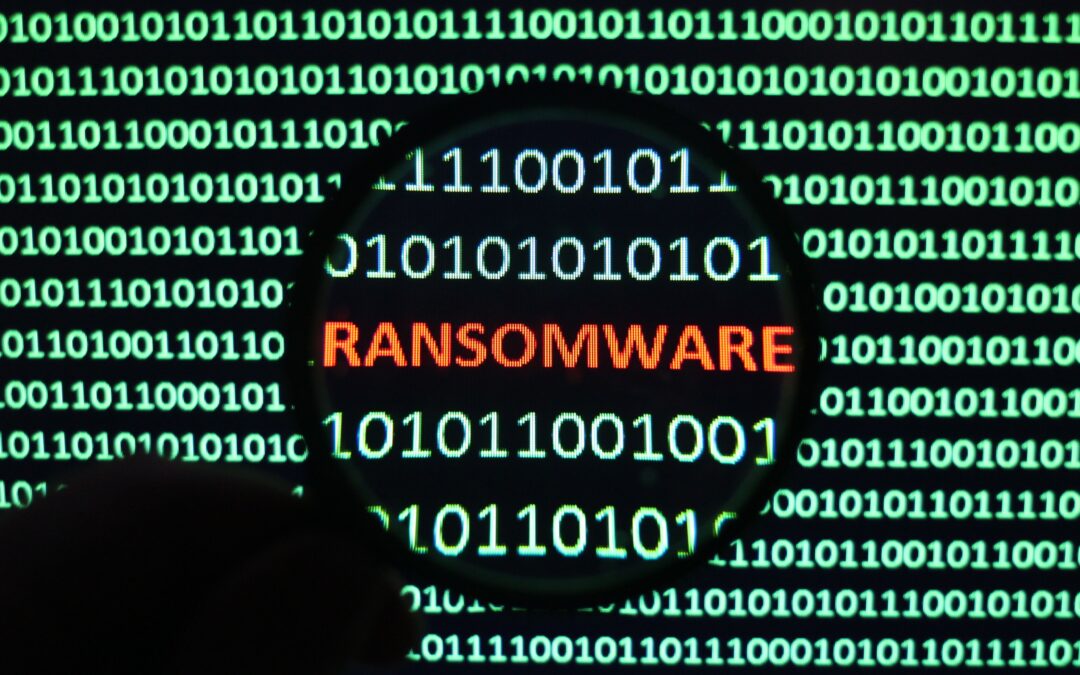In the ever-evolving landscape of cyber threats, ransomware attacks continue to make headlines worldwide. One recent addition to the growing list of ransomware threats is the Gazprom Ransomware. To safeguard your organization’s digital assets, it’s essential to stay informed about the Indicators of Compromise (IOCs) associated with this threat. In this blog, we will explore Gazprom Ransomware IOCs and how you can protect your systems against this menace.
Understanding Gazprom Ransomware
Gazprom Ransomware is malicious software designed to encrypt a victim’s data, demanding a ransom in exchange for the decryption key. This threat can be devastating for individuals, businesses, and government entities. To defend against Gazprom Ransomware, you must be aware of the IOCs that signal its presence.
Related Services: cybersecurity
Gazprom Ransomware IOCs
File Extensions: Gazprom Ransomware often appends specific file extensions to encrypted files. Keep an eye out for extensions like “.gazprom,” “.lock,” or “.gaz.”
- Ransom Note: Once your files are encrypted, Gazprom Ransomware typically leaves a ransom note on your system. The note often contains instructions on how to contact the attackers and pay the ransom. Beware of files named “HOW_TO_UNLOCK.txt” or similar.
- Network Traffic: Monitor network traffic for any suspicious or unusual communication patterns, especially outbound traffic to unknown or unexpected IP addresses.
- Registry Entries: Gazprom Ransomware may create or modify registry entries. Look for changes in the Windows registry related to file associations or startup processes.
- Malicious URLs: Be cautious of any links or URLs received via email or messages, as these might lead to malicious websites used by Gazprom Ransomware operators to distribute the malware.
- Email Attachments: Exercise extreme caution when opening email attachments, especially if they come from unknown or unverified sources. Malicious email attachments are a common delivery method for ransomware.
- Suspicious Processes: Use monitoring tools to watch for unusual or unauthorized processes running on your systems, as these could be indicative of a ransomware infection.
- Phishing Emails: Be vigilant for phishing emails that impersonate legitimate entities, such as government agencies or reputable organizations. Gazprom
Ransomware attackers often use phishing to trick victims into downloading the malware.
Protecting Your Systems
Prevention is the best defense against Gazprom Ransomware and other ransomware threats. Here are some essential steps to protect your systems:
- Regular Backups: Regularly back up your data and ensure backups are stored securely offline.
- Email Filtering: Implement robust email filtering and educate employees about the dangers of phishing emails.
- Security Software: Use reliable antivirus and anti-malware software to detect and remove threats.
- Employee Training: Train your employees on cybersecurity best practices to recognize and report potential threats.
- Patch Management: Keep your systems and software up to date with the latest security patches.
- Network Segmentation: Segment your network to limit lateral movement in case of a breach.
- Incident Response Plan: Develop and test an incident response plan to mitigate the impact of a ransomware attack.
In conclusion, understanding Gazprom Ransomware IOCs is crucial for staying one step ahead of this malicious threat. By proactively monitoring your systems, educating your staff, and implementing robust cybersecurity measures, you can fortify your defenses and reduce the risk of falling victim to ransomware attacks. Stay vigilant, stay secure.


